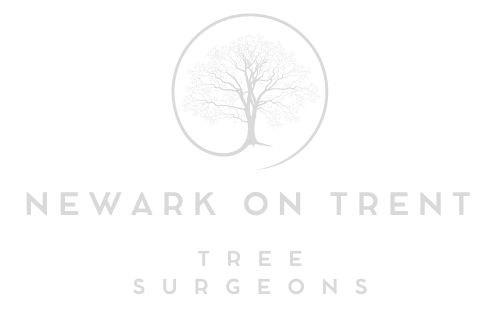How Dead Wood Affects Tree Growth and What You Can Do About It
Healthy trees are essential to maintaining the beauty and sustainability of your property. However, dead wood in a tree can negatively impact its growth, structure, and overall health. At Newark on Trent Tree Surgeons, based in Newark on Trent, Nottingham, we specialise in managing tree health, including the safe and effective removal of dead wood. In this blog post, we will explore how dead wood affects tree growth and what steps you can take to address the issue.
1. What Is Dead Wood?
Dead wood refers to branches or sections of a tree that have died off but remain attached to the tree. This can occur for several reasons, including age, disease, pest infestations, or damage from storms or other external factors.
- Ageing branches: As trees mature, some branches may naturally die off as the tree prioritises nutrients for younger, healthier limbs.
- Environmental factors: High winds, extreme temperatures, or damage from storms can cause branches to die.
While dead wood is a natural part of a tree’s lifecycle, it can pose risks to the tree’s health if not managed properly.
2. How Dead Wood Impacts Tree Growth
Dead wood may seem harmless at first, but it can have a detrimental impact on the tree’s overall growth and health. Here’s how:
- Nutrient diversion: Even though dead branches are no longer alive, the tree may still expend valuable energy attempting to maintain them. This energy could be better used to promote new growth or strengthen the tree’s overall structure.
- Weakens the tree’s structure: Dead wood can make a tree more vulnerable to breakage, especially during high winds or heavy storms. This can result in further damage to the tree or nearby property.
- Encourages pests and disease: Dead wood is a magnet for pests such as beetles and termites, as well as fungi and other harmful organisms. These pests and pathogens can spread to healthy parts of the tree, accelerating its decline.
- Blocks sunlight: Dead branches that remain in place may block sunlight from reaching lower branches, affecting photosynthesis and the tree’s ability to produce energy for growth.
3. Why Dead Wood Removal Is Essential
Dead wood removal is a crucial part of tree maintenance. Here are the main reasons why addressing dead wood is vital for the health and safety of your tree:
- Promotes healthy growth: By removing dead branches, the tree can redirect energy and nutrients to healthy areas, encouraging new growth and stronger structural development.
- Reduces risk of damage: Dead branches are more likely to break off during storms or windy weather, potentially damaging property or causing injury. Regular removal of dead wood reduces this risk and ensures the tree remains structurally sound.
- Prevents disease spread: Fungi and pests thrive on dead wood and can spread to other parts of the tree, causing further damage. Removing dead wood can help prevent these issues from spreading, preserving the health of the tree.
4. How to Identify Dead Wood in Your Tree
Identifying dead wood in a tree can be relatively straightforward with a few simple observations:
- Lack of leaves: Dead branches often remain bare during the growing season while healthy branches produce leaves.
- Brittle texture: Dead wood tends to be dry, brittle, and easy to break off, unlike live wood, which is flexible and strong.
- Discolouration: Dead branches may appear grey or dull, in contrast to the vibrant colour of healthy wood.
- Hollow sound: When tapped with a tool or stick, dead wood will produce a hollow sound, indicating decay inside the branch.
If you’re unsure about the extent of dead wood in your tree, it’s always best to consult a professional arborist.
5. How Newark on Trent Tree Surgeons Can Help
At Newark on Trent Tree Surgeons, we provide expert dead wood removal services, ensuring that your tree remains healthy and safe. Here’s how we can assist you:
- Thorough assessment: Our trained arborists will conduct a comprehensive inspection of your tree to identify dead wood, disease, and other potential issues.
- Safe and efficient removal: Using specialised equipment, we will carefully remove dead wood without causing harm to the healthy parts of the tree or surrounding property.
- Ongoing tree care: Beyond dead wood removal, we offer tree pruning, trimming, and other tree care services to ensure your trees continue to thrive.
Conclusion
Dead wood may seem like a minor issue, but it can have a profound impact on a tree’s health and growth. By removing dead branches and addressing the root causes of tree decline, you can help your tree thrive for years to come. At Newark on Trent Tree Surgeons, we are committed to providing high-quality tree care services to maintain the beauty and safety of your property.
Call us on: 01636 556 296
Click here to find out more about Newark on Trent Tree Surgeons
Click here to complete our contact form and see how we can help with your tree needs.

